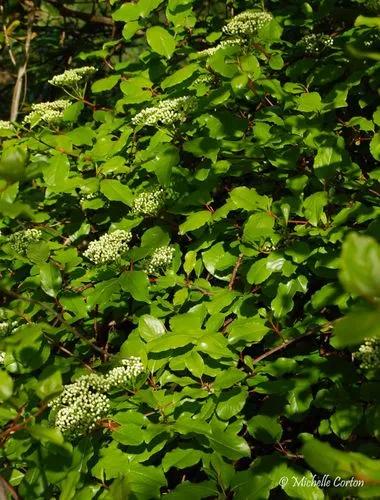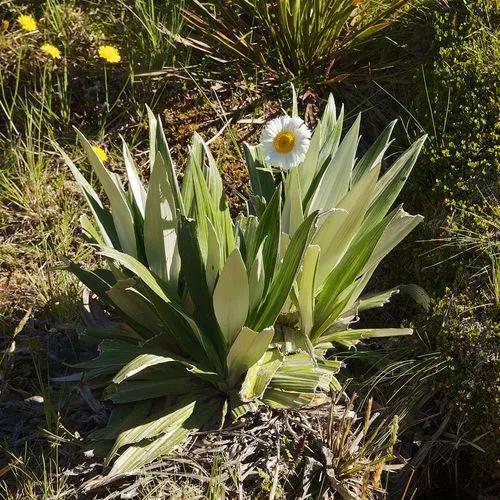Ruta graveolens is a type of Ruta cultivated as both an ornamental plant and an herb. This plant is identified by its bluish leaves and ability to thrive in hot and dry soil conditions. In addition to its aesthetic qualities, Rue is also used in culinary applications and as a natural insect repellent and incense.
Rue Care
Ruta graveolens
Other names: Rue, Ruta Plant



Common Rue is native to the Balkan Peninsula but is now widespread all over the globe. It can grow to 2-3 feet (60-90 cm) in height and 1-2 feet (30-60 cm) in width. The leaves of the Common Rue are bluish-green, alternate, and bi-pinnate, meaning they have two sets of leaflets on either side of the stem. The leaflets are narrow and pointed, and the edges are slightly serrated. The leaves are the most commonly used part for culinary purposes. They have a strong, bitter flavor and are used sparingly as a seasoning in many dishes.
The flowers of Ruta graveolens are small, yellow, and arranged in clusters at the top of the stem. They have five petals and numerous stamens, and they are very fragrant. The fruit of the Common Rue is a small, woody capsule that contains several small, hard seeds that are round and black. The fruit is not edible and is primarily used for propagating new plants.
While consuming small amounts of Rue as a food flavoring is generally safe but taking large doses can lead to serious health problems, including gastric pain, vomiting, liver damage, and even death. Pregnant women should strictly avoid Rue, which can cause abortion and birth defects.
How to Care for the Plant

Water

Water approximately once or twice per week or when the soil feels dry to the touch. During the hot and dry summer months, Ruta graveolens may require more frequent watering to prevent the soil from drying out completely.

Pruning

Remove any dead or yellowing leaves, flowers, or stems in spring or fall to encourage healthy new growth.

Fertilizer

Fertilize regularly, every 4-6 weeks from spring through summer, using a balanced, water-soluble fertilizer with a ratio of equal parts nitrogen, phosphorus, and potassium. It's not advised to fertilize during winter. Follow the instructions on the fertilizer package for dosage and application.

Sunlight

Prefers full sun to partial shade, with at least six hours of direct sunlight per day.

Soil

Prefers well-draining soil, rich in organic matter, with a pH of around 6.0-7.5.

Propagation

Propagate by seeds. Collect seeds from a healthy, mature plant. Sow the seeds in a tray or pot filled with a soil mix. Keep the soil moist and place the tray in a warm, bright location. Germination can take several weeks to several months.

Temperature

The ideal temperature ranges from 60-75°F (15-24°C) and can tolerate temperatures as low as 20°F (-6°C) and as high as 100°F (38°C).

Container

Can be planted in various containers with a good drainage system, approximately 12 inches (30 cm) wide and deep.

Fun fact

In ancient times, Rue was considered a symbol of repentance and was used to sprinkle holy water during religious ceremonies.

Popularity

15,703 people already have this plant 1,780 people have added this plant to their wishlists
Discover more plants with the list below
Related articles






